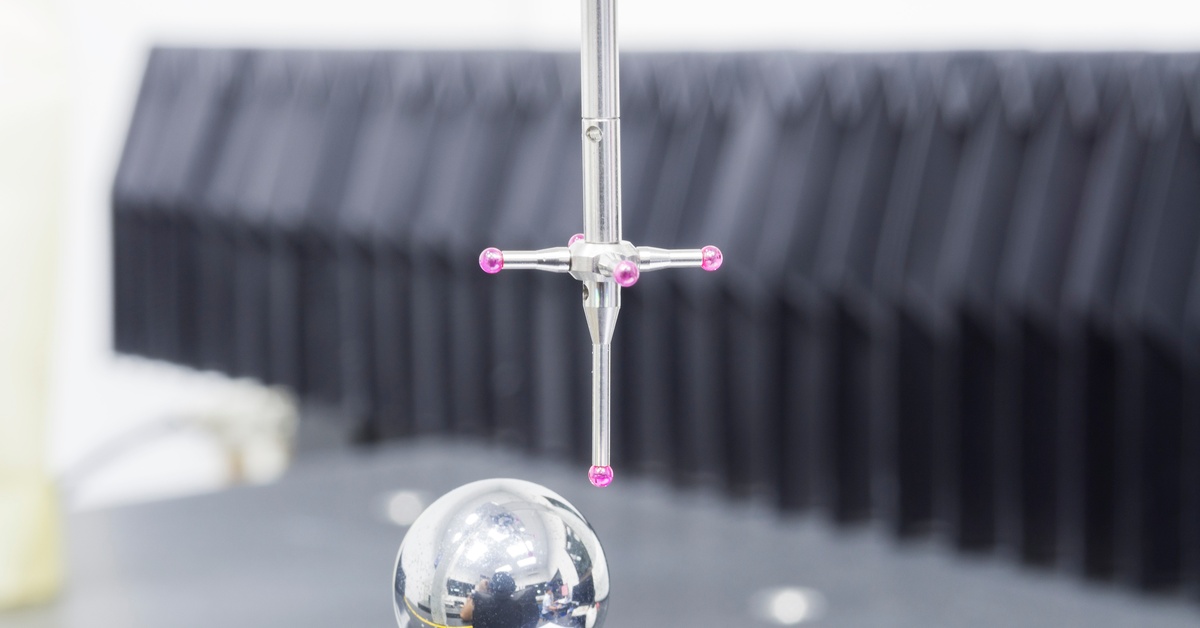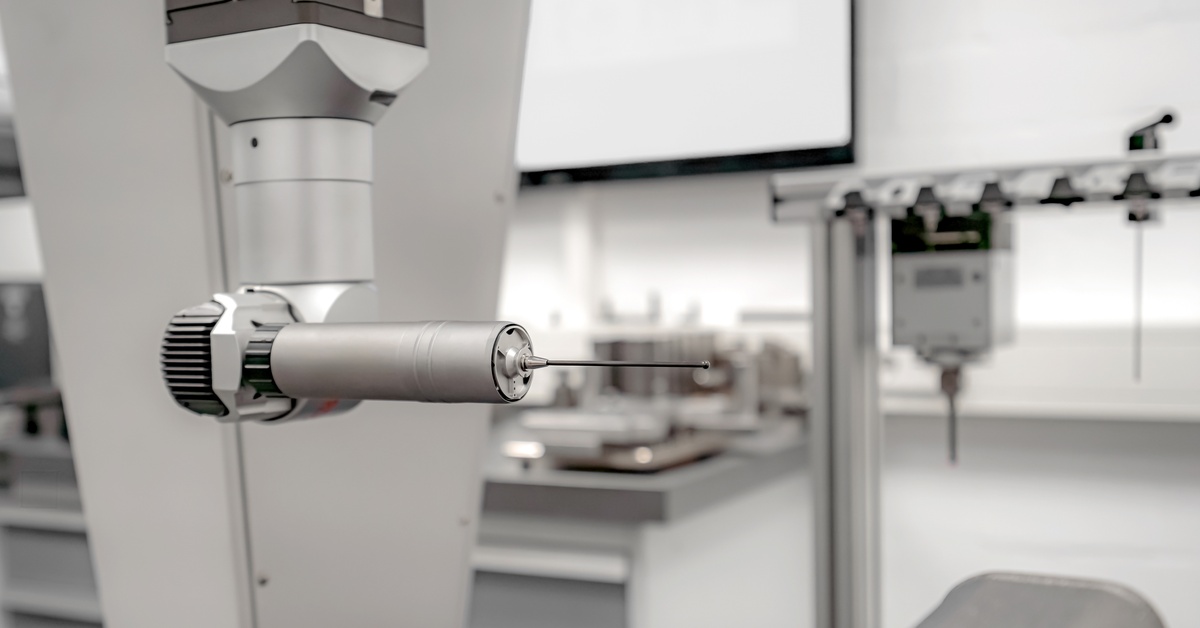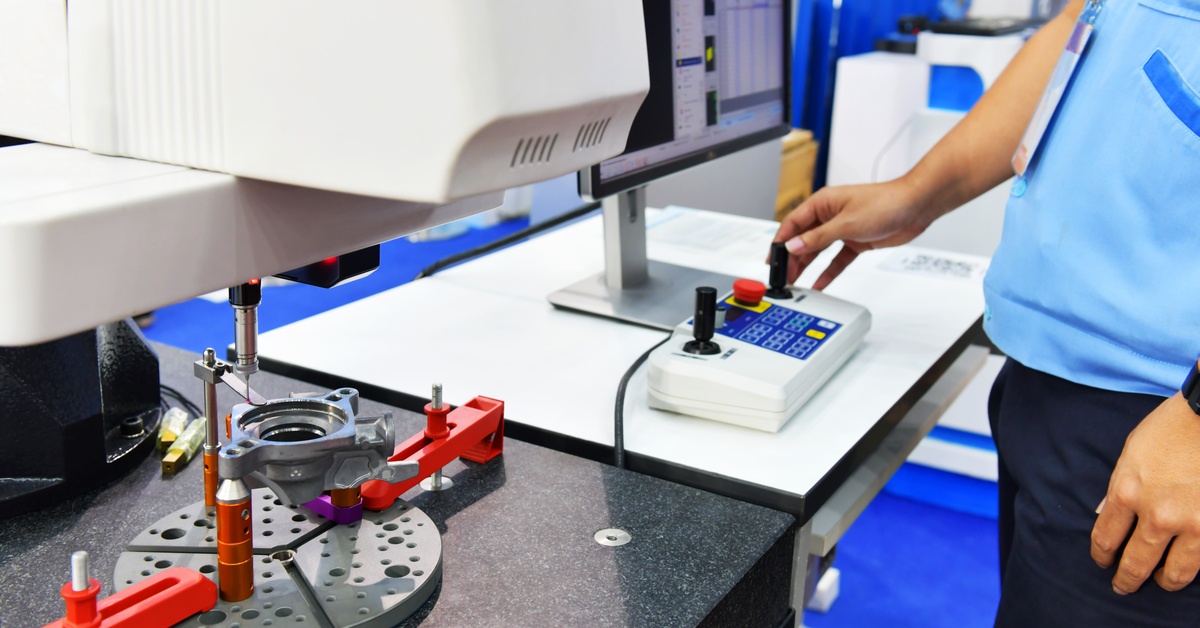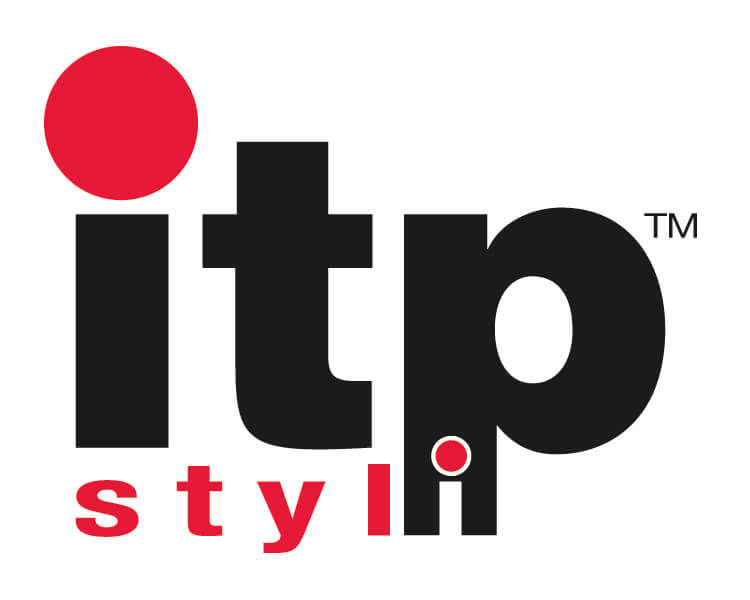6/27/25

What You Need To Know About Calibrating CMM Styli
When accuracy is a cornerstone in your industry, there’s no room for guesswork. A well-calibrated coordinate-measuring machine (CMM) stylus is essential for precise and dependable measurements. This component plays an important role in quality checks for countless applications.
But how does calibration affect the performance of your CMM, and why is it critical for achieving consistent results? Everything you need to know about calibrating CMM styli is right here in this guide by Itpstyli. Whether you’re aiming to reduce errors, enhance productivity, or maintain long-term equipment reliability, proper calibration is the foundation of success.
Why Is Calibration Important for CMM Styli?
Calibration should be a routine task because it ensures reliable and repeatable measurements. An incorrectly calibrated stylus can cause even the smallest deviation, which can lead to inaccurate measurements. This will disrupt production quality, generate costs, and undermine confidence in your processes.
For CMM styli, calibration ensures the machine recognizes the exact dimensions and alignment from the stylus. It also minimizes measurement errors due to wear, misalignment, or contamination, and it maintains consistency across different operations and projects.
How Often Should You Calibrate Your CMM Stylus?

The frequency of calibration depends on several factors, including the volume of use, the type of measurements conducted, and the environmental conditions in which the CMM operates. Generally, these are the recommendations for calibration:
- Daily for high-precision environments: Heavy CMM use or working with tight tolerances makes daily calibration essential for optimal accuracy.
- After stylus replacement: Installing a new stylus requires immediate calibration to account for design differences or subtle variations.
- When environmental conditions change: Temperature and humidity fluctuations can affect the CMM and stylus performance. Calibrate whenever there’s a noticeable environmental shift.
- When accuracy becomes questionable: Unexpected deviations in measurement results are a clear indicator that calibration is overdue.
Regular calibration ensures accuracy but also extends the lifespan of your stylus and other CMM components.
The Calibration Process: Step-by-Step
1. Inspect the Stylus
Before starting the calibration process, visually inspect the stylus for signs of wear, contamination, or damage. A clean, undamaged stylus forms the basis for effective calibration. Check these factors:
- The probe tip is intact and free of scratches.
- The stylus stem is straight and shows no signs of bending.
- There is no debris or residue on the stylus or threads.
2. Set Up the Calibration Sphere
Calibration spheres are critical for verifying stylus accuracy. Ensure the calibration sphere is clean, free from scratches, and mounted securely to avoid movement during the calibration process. The position of the sphere should be within the optimal working range of the CMM to ensure consistent readings.
3. Perform the Calibration
Using your CMM software, execute the built-in calibration routine. You should conduct this process slowly and methodically to avoid errors. Typically, this involves these steps:
- positioning the stylus over the calibration sphere
- measuring specific points on the sphere, ensuring you test different angles and orientations of the stylus
- allowing the software to calculate calibration offsets based on the readings
4. Verify Results
Once the calibration process is complete, perform a test measurement to confirm the accuracy. This might involve measuring a standard artifact or remeasuring the calibration sphere to ensure results align with expected values. Verifying results helps catch potential errors before they impact production.
Common Challenges in Calibrating CMM Styli
Even experienced professionals encounter challenges during calibration. Some of the most frequent issues include these:
- Contamination: Dust, grease, or other debris on the stylus or calibration sphere can lead to inaccurate calibration. Always clean equipment thoroughly before beginning.
- Stylus wear: Over time, wear on the probe tip can cause inconsistent measurements. Regular inspection and timely replacement are crucial.
- Improper setup: Misaligned calibration spheres or unstable mounting can lead to faulty results. Double-check your setup for stability and correctness.
- Software errors: Outdated or misconfigured CMM software can hinder proper calibration. Always ensure your software is updated and follows manufacturer guidelines.
Addressing these challenges promptly will save time and prevent costly errors in your production workflow.
Tips for Maintaining CMM Styli

While routine calibration is critical, proactive maintenance can further enhance the performance and longevity of your CMM styli. Simple daily habits can go a long way in preserving the precision of your equipment. Use the following tips:
- Always handle the stylus by the stem to avoid contaminating the probe tip with oils or dirt from your hands.
- Use a lint-free cloth and mild cleaner to remove debris from the stylus and calibration sphere before and after use.
- When not in use, store CMM styli in protective cases to prevent accidental damage.
- Monitor the probe tip for signs of wear, and replace it promptly to avoid compromising measurement accuracy.
Advanced Calibration Techniques
For businesses that demand the highest level of accuracy, advanced calibration techniques can provide an edge. Below are some techniques:
- Multi-tip calibration: If your CMM uses stylus configurations with multiple tips, calibrating each individually ensures consistent accuracy across all orientations.
- Dynamic calibration: This involves calibrating the stylus under simulated operating conditions to account for variables like speed or contact force.
- Thermal compensation: Calibrate your CMM and stylus in varying environmental conditions to establish compensation profiles for temperature changes.
Implementing these advanced procedures can help businesses achieve exceptional measurement precision and reliability.
Choosing the Right Calibration Tools
When selecting the right calibration tools, consider the requirements of your measurement tasks and equipment. Look for tools that are compatible with your CMM and stylus. This ensures they can accommodate your desired level of precision and complexity.
Prioritize tools backed by robust technical support and documentation, as this ensures reliable performance and ease of use. Additionally, consider tools with features like thermal compensation or automated calibration options if environmental factors influence your operations or involve high throughput.
Calibrating CMM styli is an essential practice that preserves the integrity of your equipment. From understanding what you need to know about calibrating CMM styli to implementing advanced techniques, this guide provides the knowledge professionals need to excel.
At Itpstyli, we are dedicated to providing premium CMM styli products, including our expertly crafted calibration spheres, to help you achieve unparalleled accuracy in your measurements. By partnering with our team of experts, you gain access to industry-leading knowledge and high-quality tools designed to optimize your calibration processes. Trust Itpstyli for precision you can rely on, and take the next step toward excellence in your operations.

